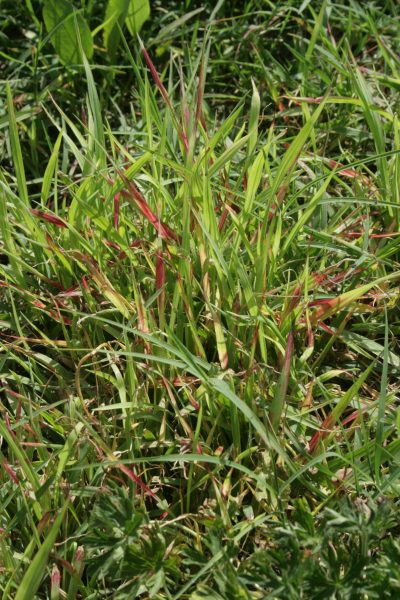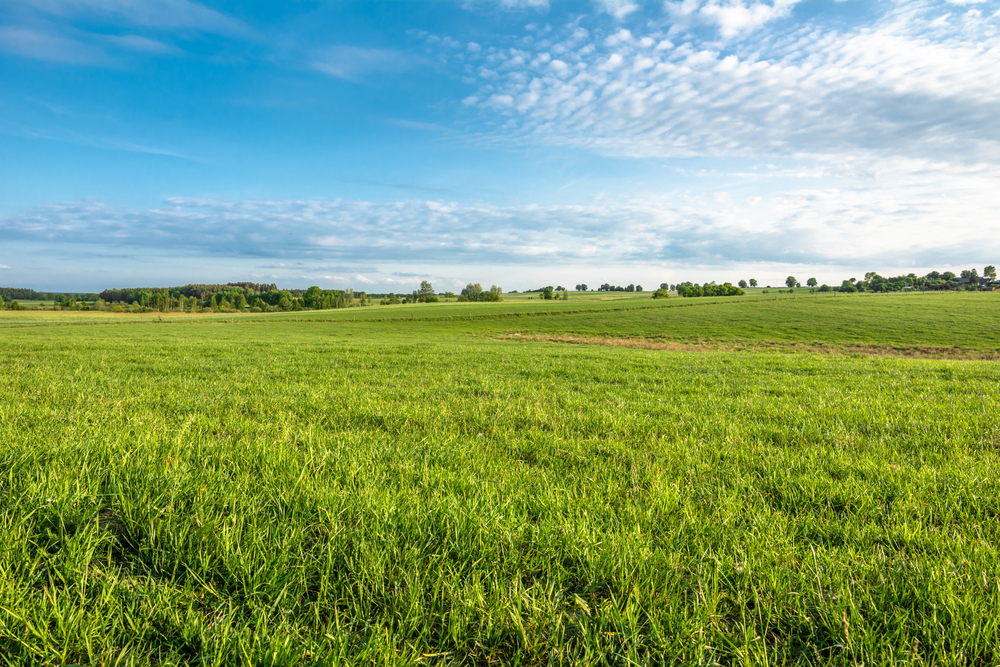Farming

The following are answers to several frequently asked questions about Facet® L herbicide. Remember to read and follow all herbicide label recommendations carefully.
What desirable forage species are tolerant of Facet® L?
Facet® L is labeled for most established cool-season and warm-season forage grasses grown for pasture and hay production. Common cool-season forages include tall fescue, Kentucky bluegrass, orchardgrass, wheatgrass, perennial ryegrass, and annual ryegrass. Common warm-season forages include bermudagrass, and several native grasses such as big bluestem, indiangrass, and switchgrass.
What is the recommended application timing?
Facet® L should be applied early postemergence to small, actively growing weeds for optimum control. It is especially important that good soil moisture is present at the time of applications to achieve the best weed control.
What is the recommended rate?
Facet® L has an application rate range of 22 to 32 fluid ounces per acre. However, 32 fluid ounces is the primary use rate necessary for more consistent performance on tougher labeled broadleaf and grass weeds.
What about sequential applications?
Sequential applications may be used, but no more than 64 fluid ounces per acre may be applied per year.
Do I need to add anything to Facet® L to make it work better?
A crop oil concentrate (COC) at 2 pints per acre or methylated seed oil (MSO) at 1 to 2 pints per acre must be added to Facet® L for proper activity on target weeds. A nitrogen fertilizer source, such as ammonium sulfate (AMS) or urea ammonium nitrate (UAN), can be added for increased uptake and enhanced weed control. Facet® L may be tank-mixed with other herbicides labeled for use in forages unless prohibited by the other herbicide label.
Can I use Facet® L on newly established hayfields or pastures?
No, Facet® L is only labeled for established grass pastures. The term established often means the desirable forage is well-rooted, has produced more than three tillers, is at least 4 to 6 inches tall, and/or has undergone at least one hay cutting.

Figure 1. Knotroot foxtail 15 days following a Facet® L application at 1 quart per acre.
What are the grazing/haying restrictions for Facet® L?
There is a seven-day haying restriction following application. There is a zero-day grazing restriction, so therefore cattle may be grazed immediately. This haying restriction is in place to ensure Facet® L may translocate into plants to provide the most effective control.
What weeds does Facet® L control?
Facet® L has activity on many herbaceous broadleaf and grass weeds if they are treated while small and actively growing. Examples of broadleaf weeds include species like clover, prickly lettuce, morning glory, and hemp sesbania. Examples of grass weeds include species like barnyardgrass, junglerice, large crabgrass, broadleaf signalgrass, and annual foxtails.
What level of control can I expect on foxtail?
Alabama has both annual (yellow, giant, and green) and perennial (knotroot) foxtails. Generally, knotroot foxtail (Setaria parviflora) is more difficult to control because of its hardy underground rhizomes. If the annual and perennial foxtails are treated while they are small (less than 2 inches), approximately 40 to 60% suppression may be achieved. Control may be increased if additional integrated strategies are practiced, such as maintaining healthy competitive forages, proper grazing management, and use of various herbicides.
Trade and brand names used in this publication are given for information purposes only. No guarantee, endorsement, or discrimination among comparable products is intended or implied by the Alabama Cooperative Extension System

